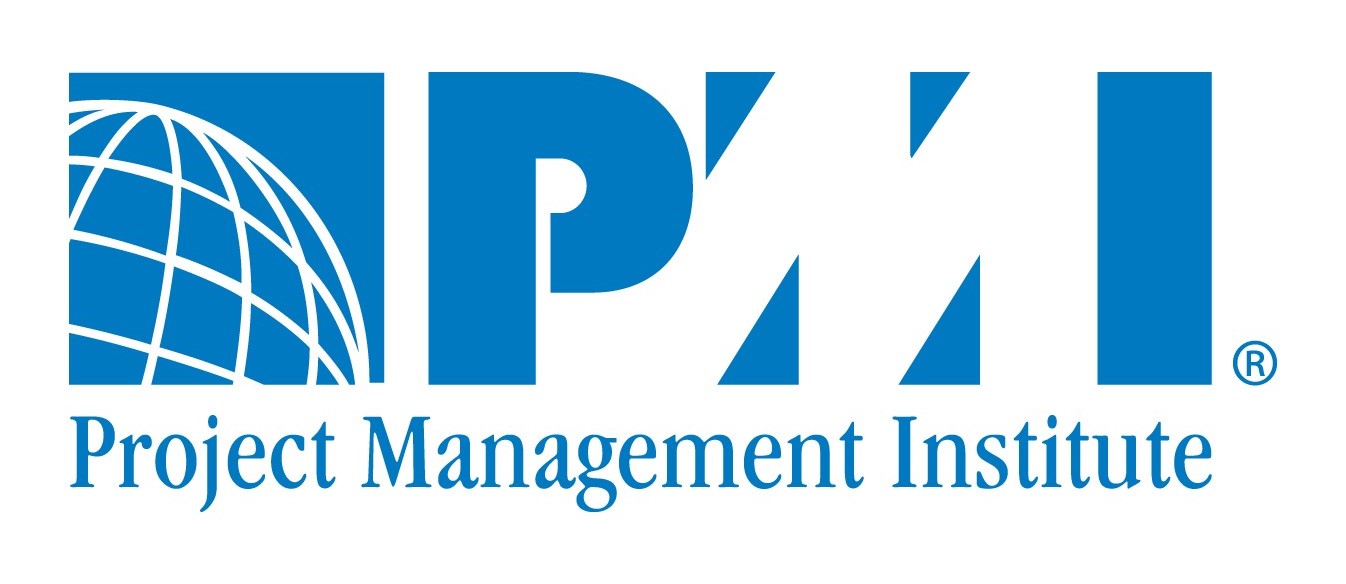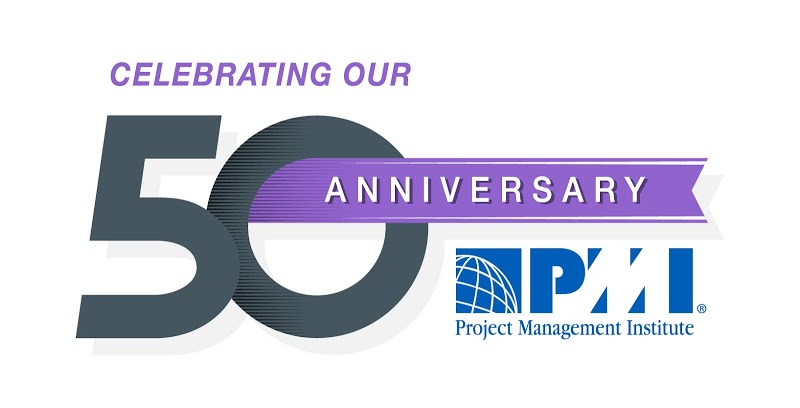Project management is no cakewalk. From crushing deadlines to strangling budgets, there is no arguing with the fact that project management is downright brutal.
In my experience, one of the best ways to view the task of project management is from the perspective of studies and statistics. I’m no math whiz, but numbers have a way of putting things into perspective and helping me find my place on the maelstrom of management.
In this article, I’ve assembled a few fascinating and shocking statistics regarding project management. I think there are some valuable lessons we can learn.
Disclaimer: These statistics come from publicly-available studies. They are representative largely of the IT industry, and are not intended to be characteristic of all companies or project management practices.

1. Only 2.5% of companies successfully complete 100% of their projects. (Study source)
This statistic is so troubling it’s almost hard to believe. Here’s what the Gallup Business Journal remarked on the study:
PricewaterhouseCoopers, which reviewed 10,640 projects from 200 companies in 30 countries and across various industries, found that only 2.5% of the companies successfully completed 100% of their projects.
Whether the completion rate (not provided in the study) was 99% or 1% isn’t the issue. The issue here is that companies simply don’t finish some projects.
Here are some things we can learn.
You’ll automatically be in the top 3% of best-performing companies by successfully completing all your projects. Viewed this way, it doesn’t take a whole lot to be a high-achieving project manager. Just get those projects done!
Choose the projects you truly want to complete. This statistics says as much about the project chosen as it does about the actual management of the projects. If a business is biting off more than they can chew, then it’s no surprise that they’re not able to finish all their projects. Choose projects that are worth doing, and pursue them to completion.
2. The average cost overrun of all projects is 27%.
Listen to this this chilling record of blown out budgets:
A study published in the Harvard Business Review, which analyzed 1,471 IT projects, found that all but one in six projects had a cost overrun of 200% on average and a schedule overrun of almost 70%. And we all have heard about large construction projects — the Channel Tunnel, Euro Disney, and Boston’s “Big Dig” — that ended up costing almost double their original estimate.
Nobody likes to slaughter a budget. The project manager doesn’t like it. The PMO doesn’t like it. And the company’s executives and shareholders don’t like it. But from the looks of it, we’re spending an average of a quarter more than we intend to on our projects.
What can we learn?
Be realistic in your budgeting. Projects are going to cost. And they’re going to cost more than you think. Factor this in to your analysis, and you’re less likely to be shocked and hurt by cost overrun.
Be budget-sensitive in your management. The lesson is a double-edged sword, though. There’s no room for sloppy management. When it comes to budget, a dollar is a dollar, and we’ve got to be careful how it’s used.
3. 57% of projects fail due to “breakdown in communications.” (Study source)
This survey was conducted in the late nineties by the research company Spikes Cavell. They were tasked with identifying the causes of project failure in the U.K. finance industry. From interviews and analysis, they determined that the leading cause of project failure was communication breakdown.
The onus for communication failure falls upon every involved party, but project managers are particularly responsible for accurate communication. Here are some lessons we should learn.
Communication skills are the project manager’s greatest asset. Whether you’re asking questions, or seeking information, you have a challenge to provide clear and open communication.
Successful communication will translate into successful projects. You’ve probably read tons of tips on how to successfully handle projects. One of the features often overlooked in such tips is the plain fact that you need to be communicating. If your communication is spot on, then your project is far more likely to succeed.
4. 39% of projects fail due to lack of planning, resources, and activities. (Study source)
This statistic, also gleaned from the Spikes Cavell finance survey, touches directly on the nuts and bolts of project management. A project manager needs three things when working on a project 1) Competent high-level planning, 2) Adequate resources, and 3) Sufficient work activity to drive the project to completion
Here’s a key takeaway:
If you don’t plan, you don’t succeed. Using Gantt charts is a necessary component of project management. When you wrap your head around the dates, the involvement levels, the tasks, and the assignments, you have a far better shot at completing your project successfully.
5. 77% of high performing companies understand the value of project management. 40% of low-performing companies understand the value of project management. (Study source)
The lesson here is obvious.
I know I’m biased, but I think — nay, I know — that project management is very important. The more your company values project management, the more likely it is that your projects will succeed. As a project manager, take your role seriously, and manage in a way that reflects the gravity of your responsibility.
6. 60% of failed projects have a duration of less than one year. (Study source)
This statistic comes from a study conducted by KPMG Canada focused on the IT industry. Not all projects are the Big Digs — multibillion dollar, decades-long tasks. Short-term projects take the cake both in sheer numbers and in the sheer survival rate (or lack thereof).
Here’s the lesson:
It’s worth reiterating. Gantt charts and calendars matter. If you lack a chronological perspective on your project, you’re likely going to run it into the ground. Keep your head above the fray, and get an accurate picture of what’s going on. When are the deadlines? What is coming next? Who’s responsible. Gantt charts will give you a strong hold on all this information.
7. The failure rate of projects with budgets over $1M is 50% higher than the failure rate of projects with budgets below $350,000. (Study source)
When the cost of failure is higher, the chance of failure is also higher. Regardless of the budget, every project deserves a lot of attention and organization. However, we would do well to pay special attention to the bigger projects. If you’re tasked with projects that have a million dollar price tag, be especially vigilant. Such a project is statistically more likely to fail.
Conclusion
Here’s one more statistic to close out this article:
90% of global senior executives and project management experts say good project management is key to delivering successful results and gaining a competitive edge. (Study source)
That’s pretty obvious, and the takeaways are equally obvious: Gread project management is the key to success.
It’s worth heeding the numbers, and asserting our expertise so we don’t become part of those troubling statistics.
The original source of this article you can find here.



















